Tea eggs, a beloved snack deeply rooted in Asian culinary traditions, are celebrated for their marbled appearance, rich aroma, and harmonious blend of savory, spiced, and subtly sweet flavors. At the heart of their appeal lies the careful selection and balance of seasonings, which transform humble hard-boiled eggs into a culinary masterpiece. This article delves into the intricate world of tea egg seasonings, uncovering the role of each ingredient, regional variations, and the alchemy that occurs when spices, tea, and time converge.

The Foundation: Tea Leaves and Their Impact
The term “tea eggs” derives from the star ingredient: tea leaves. While any tea can theoretically be used, black tea (such as Keemun or Lapsang Souchong) is most common due to its robust flavor and ability to impart a deep amber hue. Oolong tea, with its floral complexity, offers a lighter alternative, while pu-erh, a fermented tea, introduces earthy, umami-rich notes. The tea not only colors the eggs but also contributes tannins that tenderize the egg whites and create a subtle bitterness that balances the dish’s sweetness and spice.
Aromatic Spices: The Backbone of Flavor
The magic of tea eggs lies in the symphony of spices that infuse the cooking liquid. These spices vary by region and personal preference but often include:
- Star Anise: With its licorice-like sweetness and mild warmth, star anise is a non-negotiable ingredient in most recipes. Its eight-pointed pods release aniseed flavors that permeate the eggs, leaving a lingering aromatic finish.
- Cinnamon: Cassia cinnamon, commonly used in Asian cooking, adds warmth and a hint of woodsy sweetness. It complements the tea’s astringency and helps meld the spices into a cohesive broth.
- Sichuan Peppercorns: Despite their name, these are not true peppercorns but the dried berries of the prickly ash tree. They impart a numbing, citrusy tingle that elevates the dish’s complexity without overwhelming the palate.
- Cloves: Pungent and slightly astringent, cloves contribute a piercing sweetness that cuts through the richness of the eggs. They are often used sparingly to avoid bitterness.
- Fennel Seeds: Their anise-like flavor and crunchy texture add a layer of freshness, particularly when toasted before use.
These spices are typically simmered whole to prevent the broth from becoming cloudy, though some cooks opt to wrap them in cheesecloth for easy removal.
The Sweet-Savory Balance: Sugar, Soy, and Beyond
Tea eggs strike a delicate equilibrium between sweet and savory. Brown sugar or rock sugar (pictured in recipes as “rock candy”) is added to caramelize the broth, creating a glossy sheen on the eggs and a rounded sweetness that tempers the spices’ intensity. Dark soy sauce, thicker and richer than its light counterpart, contributes depth of color and umami, while regular soy sauce adds saltiness. In some variations, fish sauce or oyster sauce may appear, introducing briny complexity.
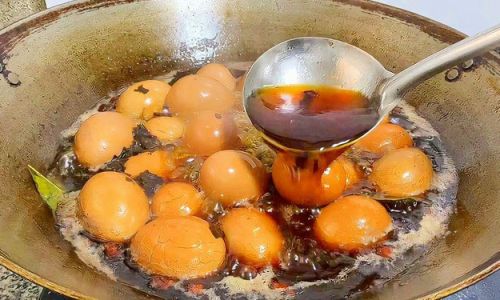
Optional Enhancements: Elevating the Basic Recipe
While the core ingredients form the backbone of tea eggs, creative cooks often experiment with additions like:
- Dried Tangerine Peel: A staple in Cantonese cooking, this imparts a citrusy zing and digestive benefits.
- Cardamom: Especially in Indian-inspired recipes, green cardamom pods lend floral, herbal notes.
- Ginger: Fresh or dried, ginger adds a warming kick and aids digestion.
- Garlic: Whole cloves, lightly crushed, introduce a savory undertone.
- Chili Flakes: For those who crave heat, a pinch of dried chili adds a pleasant burn.
These enhancements allow for endless customization, from fragrant, citrus-forward eggs to spicy, numbing Sichuan-style variations.
The Cooking Process: Simmer, Steep, and Marinate
The journey to perfect tea eggs begins with hard-boiling eggs, then gently tapping their shells to create a network of cracks. This step is crucial: the fissures allow the seasoning broth to penetrate the egg white, creating the signature marbled pattern. The eggs are then simmered in a mixture of tea, spices, and aromatics for 30–60 minutes, though some recipes call for overnight steeping to maximize flavor absorption.
Marinating is equally vital. After simmering, the eggs are left to cool in the broth, during which the flavors intensify. The longer they steep, the deeper the seasoning—a process akin to brewing a fine tea.

Regional Variations: A World of Tea Eggs
Tea eggs have transcended cultural boundaries, inspiring regional adaptations:
- Taiwanese Tea Eggs: Often flavored with black tea, star anise, and soy sauce, these are a staple of night markets and convenience stores.
- Vietnamese Trà Trứng: Infused with cinnamon, cloves, and sometimes coconut juice for tropical sweetness.
- Japanese Chakin-Eggs: Simmered in a dashi-based broth with soy sauce and mirin, offering a lighter, more delicate profile.
In Malaysia and Singapore, tea eggs may incorporate spices like coriander seeds or lemongrass, reflecting the region’s multicultural influences.
Health and Nutritional Considerations
Beyond their flavor, tea eggs offer nutritional benefits. Tea is rich in antioxidants, while spices like ginger and cinnamon boast anti-inflammatory properties. However, the sodium content from soy sauce warrants moderation, particularly for those with dietary restrictions.
Serving Suggestions and Pairings
Tea eggs are incredibly versatile. They shine as a standalone snack, sliced into salads, or nestled atop a bowl of noodles or congee. In Taiwan, they are often paired with a cup of bubble tea, while in China, they complement a breakfast of steamed buns. For the adventurous, they make a surprising addition to charcuterie boards or ramen bowls.
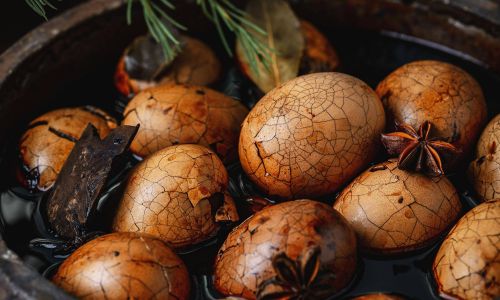
Troubleshooting Common Pitfalls
- Bitter Aftertaste: Overcooking the spices or using low-quality tea can result in bitterness. Stick to fresh, whole spices and monitor simmering time.
- Pale Color: Insufficient steeping or weak tea may yield lackluster eggs. Opt for strongly brewed tea and extend marinating time.
- Uneven Seasoning: Inadequate cracking of the shells prevents the broth from penetrating evenly. Use the back of a spoon to create consistent fissures.
Conclusion: The Alchemy of Tradition and Creativity
Tea eggs are more than a snack—they are a testament to the art of seasoning. Each ingredient, from the humblest spice to the finest tea leaf, plays a role in crafting a dish that is at once comforting and complex. Whether adhering to a cherished family recipe or experimenting with bold new flavors, the key lies in balance: the warmth of cinnamon, the zing of Sichuan pepper, the sweetness of sugar, and the earthiness of tea. In this delicate interplay, tea eggs remind us that even the simplest foods can be transformed into culinary poetry.
As you embark on your own tea egg journey, remember that there is no single “correct” recipe. Trust your palate, experiment fearlessly, and savor the magic that unfolds when eggs, spices, and time collide.
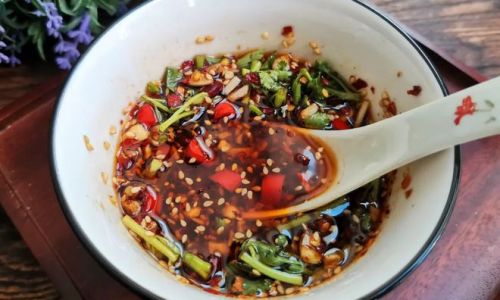

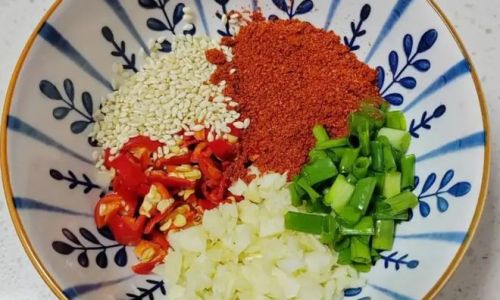
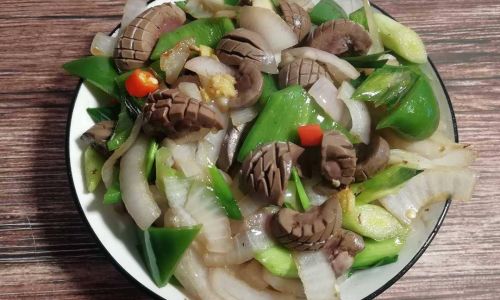

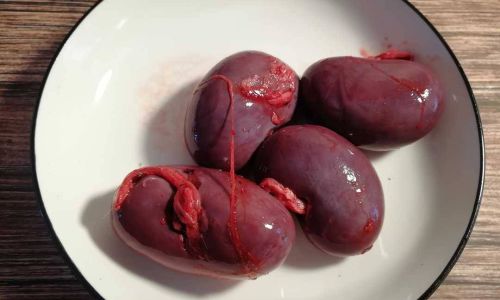
0 comments